Opinion: This Downturn’s “Poster Child”
investment property
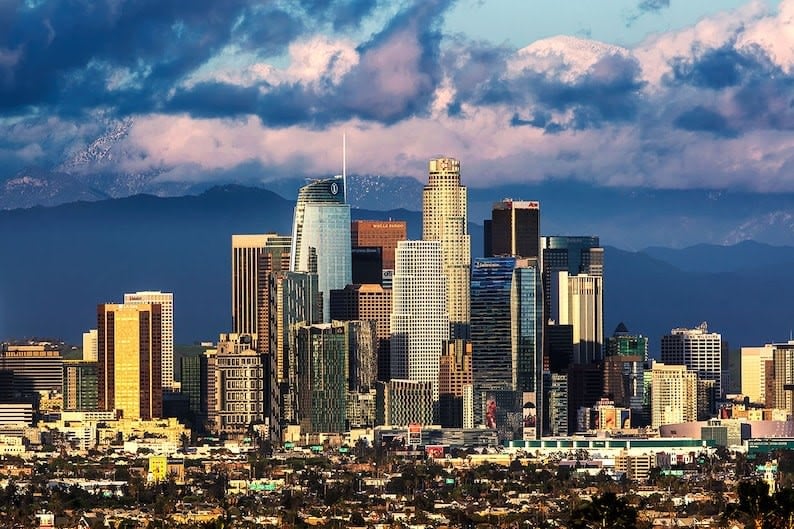
investment property

Guest Author: Jordan Johnson, CFA
Jordan Johnson is an executive at a large nationwide commercial real estate investment firm that focuses on opportunistic investments. Jordan is also a lifelong friend of Daniel.
If vacant, lender-owned residential subdivisions sprawling across the desert suburbs of Phoenix and Las Vegas served as the symbolic “poster child” of distressed real estate during the Global Financial Crisis (“GFC”), then what will serve as this downturn’s unfortunate counterpart?...
While it’s clearly too early to prognosticate with acute precision, let me focus your attention on the emerging distress in the Downtown Los Angeles office market…
To start, the office as an entire asset class has been under significant pressure since the start of the pandemic. As a result of the paradigm shift to work-from-home and now the “hybrid” work models (i.e. 2 to 3 days a week in the office), tenant demand for office space has fundamentally and potentially permanently reduced – This dynamic, coupled with a dramatically increased interest rate environment (interest rates have more than doubled for some borrowers in the last 18 months) and an almost completely barren landscape of lenders willing to finance (or more importantly, refinance) non-stabilized office asset, has led to tremendous downward pressure on office values.
To be clear, there will be winners and losers in the office sector -- High-quality, well-amenitized, and newer vintage buildings in the best submarkets will continue to perform well and command premium rents and values (Hudson Yards in NYC comes to mind), a direct result of the flight-to-quality dynamic, wherein companies that want their employees to not dread coming back to the office are paying up for the highest quality space in the best locations.
While there are already some clear winners, there will certainly be more losers, particularly for older vintage, high-rise assets in urban cores that aren’t proximate to execute housing… The case-in-point is Downtown Los Angeles.
The Downtown LA submarket is dominated by 20 or so skyline high-rise office assets centered around Bunker Hill, almost all of which were built between 1970 and 1990… These assets are large and formidable, averaging over 40 stories (with a max of 72 stories) and over 1 million SF apiece. The primary tenants that lease space in these towers are large law firms (due in part to the proximity to the courthouses), financial services firms and other traditional office uses – When tenants are asked “why are you officing in Downtown?” a common theme seems to be is it’s “equally inconvenient to all its employees.”
With a large exodus of tenants from Downtown LA occurring in the 1990s, this cohort of traditional office assets certainly hasn’t seen boom days since, but pre- Covid, the submarket had started to partially regain its footing with a gradual uptick in demand - Afterall, Downtown had been undergoing a multiple decade long renaissance of sorts, with swanky new restaurants, a burgeoning nightlife scene and the development of thousands of new high-rise residential units. All things pointed toward a much more dynamic live/work/play destination.
With a large exodus of tenants from Downtown LA occurring in the 1990’s, this cohort of traditional office assets certainly hasn’t seen boom days since, but pre- Covid, the submarket had started to partially regain its footing with a gradual uptick in demand - Afterall, Downtown had been undergoing a multiple decade long renaissance of sorts, with swanky new restaurants, a burgeoning nightlife scene and the development of thousands of new high-rise residential units. All things pointed toward a much more dynamic live/work/play destination.
Fast forward to today and the difference in the submarket dynamics couldn’t be any starker. Once bustling with activity, the Covid lockdowns brought overnight evaporation of a significant day-time population that had previously fueled nearby retail, restaurants, and to a certain extent, safety in numbers. With this population gone and many storefronts shuttered, this provided fertile ground for “bad actors” to propagate. This, coupled with the simultaneous adoption of less restrictive policing policies making many laws unenforceable spawned a virus from which Downtown LA has yet to recover. The once cautious optimism for Downtown’s resurgence has instead been replaced with fear, apprehension, and ultimately a perception by many to avoid at all cost – The proverbial “persona non-grata” for many.
In commercial real estate circles, it has become all too routine to hear the horror stories of attacks on Downtown office workers that had the audacity to venture out of their building for a mid-day sandwich... It’s gotten so bad, that many of the large downtown employers have elected to lease alternative space elsewhere (in another submarket, like Century City) while they continue to pay rent on their vacant Downtown space (as they are still obligated under a lease to do so) – Said differently, rather than subject their employees to the troubles of Downtown, some employers would rather pay double rent.
So what does all of this mean for the Downtown LA office? Obviously not promising, but how bad can it get? The answer – Bad – Downtown LA office values have literally been cut in half (or more) from pre-pandemic levels, even for some of the more desirable assets.
As a stark example, let’s look at the PacMutual Building, a historic and beautifully repositioned ~460,000 SF creative office and retail asset built in the early 1900s. In 2015, a Canadian investment firm purchased the asset for $200 million or $430 per SF when it was 93% leased – It’s now being marketed for sale at 63% leased for, get this… $100 million! That’s right, a 50% haircut, and arguably that might not be enough... And this building is debatably one of Downtown's more desirable/ leasable buildings!
And the large downtown “trophy” office towers are no better off. Given their size, only some of the largest institutional real estate investors have the expertise and pocketbooks to make an investment in a tower plausible, limiting the pool of potential buyers. Most of those buyers are too keenly aware of the submarket dynamics.
With a virtually non-existing buyer pool, selling in today’s market isn’t in the cards for most, so what it comes down to is debt maturities and leverage, and that’s not promising either.
Take Brookfield Properties’ holdings in Downtown LA as an example. Brookfield Properties, one of the world’s largest investors in real estate with over $250 billion under management, owns (via a publicly traded REIT and various funds) a total of 8 office towers totaling ~10 million SF in Downtown LA alone. The approximately 24 million SF of large high-rise office assets in the submarket* represents over 40% of the high-rise office inventory! A huge and concentrated bet!
To say Brookfield has some issues would be a massive understatement. At the end of 2022, Brookfield warned investors that it might not be able to meet “material financial covenants contained in the loan agreements" because of declining cash flows and values of its properties, all of which could lead to the possibility of some foreclosures…
That was well timed, and on point, as this month Brookfield announced that two of its loans are now in material Default (with a capital D)… These two loans total $784 million and are secured by the 777 Fig office tower and The Gas Company Tower, totaling 2.4 million SF. To state the obvious, not a good situation for Brookfield here. But here’s the kicker, the balance of Brookfield’s other Downtown office assets have maturities in 2023, 2024, and 2025… So without major flexibility from its lenders and/or a massive cash infusion (most likely would need both), Brookfield is looking down the barrel of a potential fire sale of epic proportions…
And Brookfield is just one of many owners dealing with the same issue. Things are about to get very interesting for the Downtown LA office… So grab your popcorn and stay tuned!
* Defined as multi-tenant for-rent office towers of at least 700,000 SF – Utilizing CoStar data.

January 1, 2026
If you are reading this, congrats you made it to 2026.

April 21, 2025
Here are a few tips to help you stay ahead of water.

Daniel Morgan | April 22, 2025
Here’s how to sell quickly and maximize your return.

Daniel Morgan | May 6, 2025
wanted to kick off with a summary of a new California state assembly bill
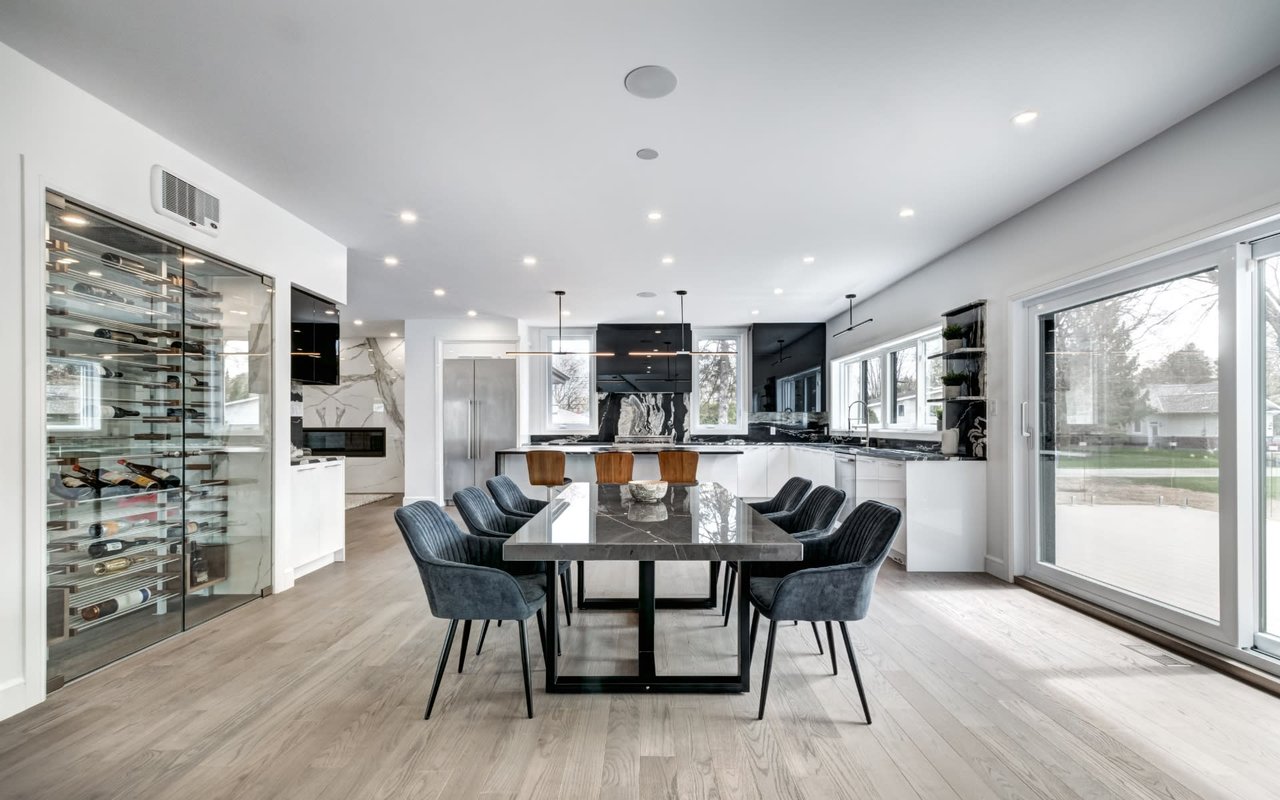
Daniel Morgan | June 3, 2025
I’d like to invite you to schedule a one-on-one conversation about where you are at.
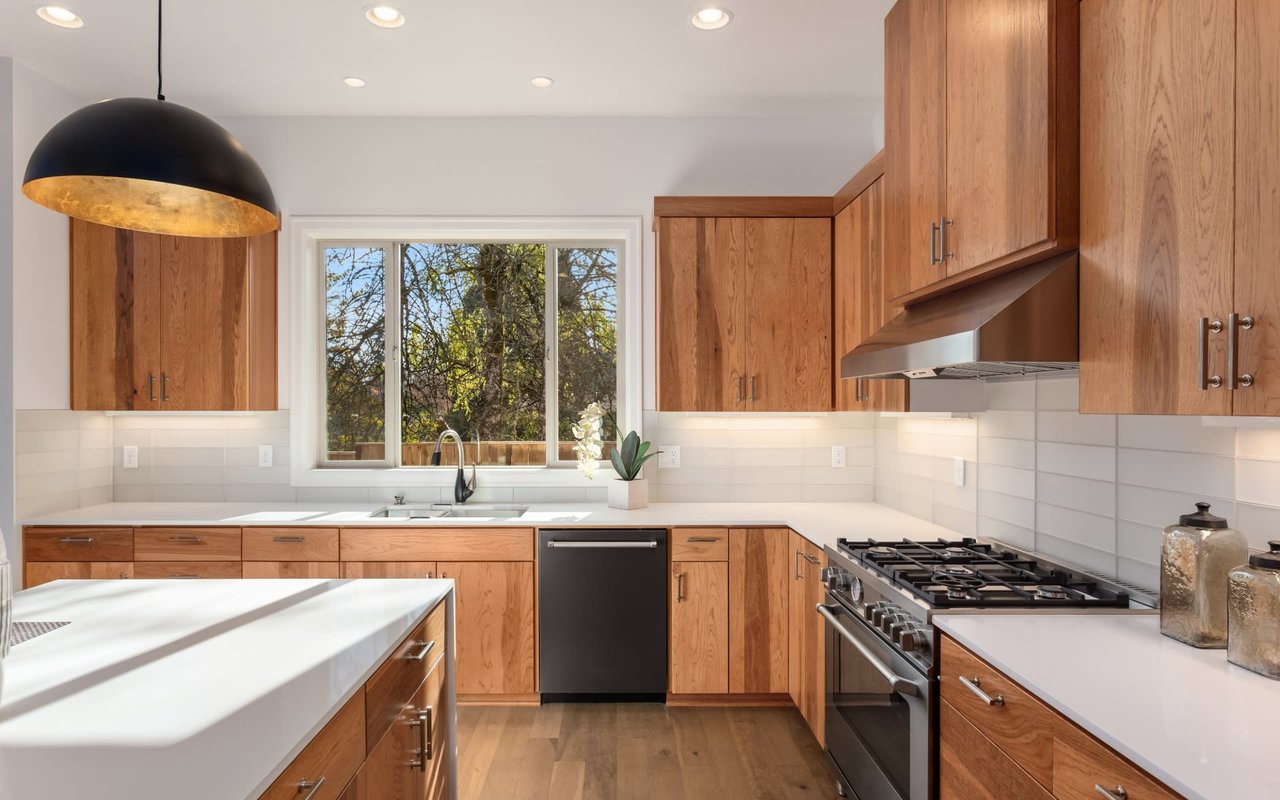
Daniel Morgan | July 3, 2025
California lawmakers passed one of the biggest rollbacks of the California Environmental Quality Act
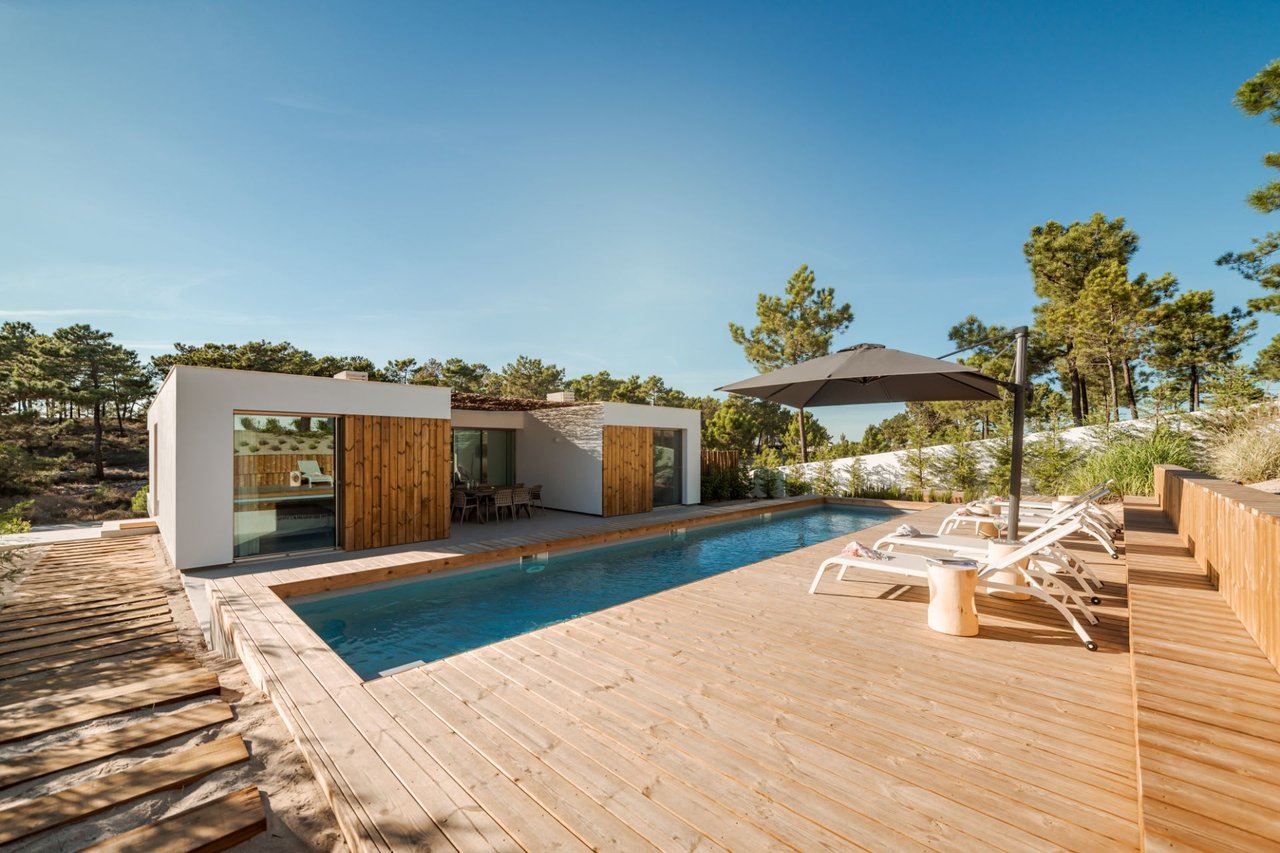
Daniel Morgan | August 4, 2025
Summer is almost over and the kids are heading back to school.
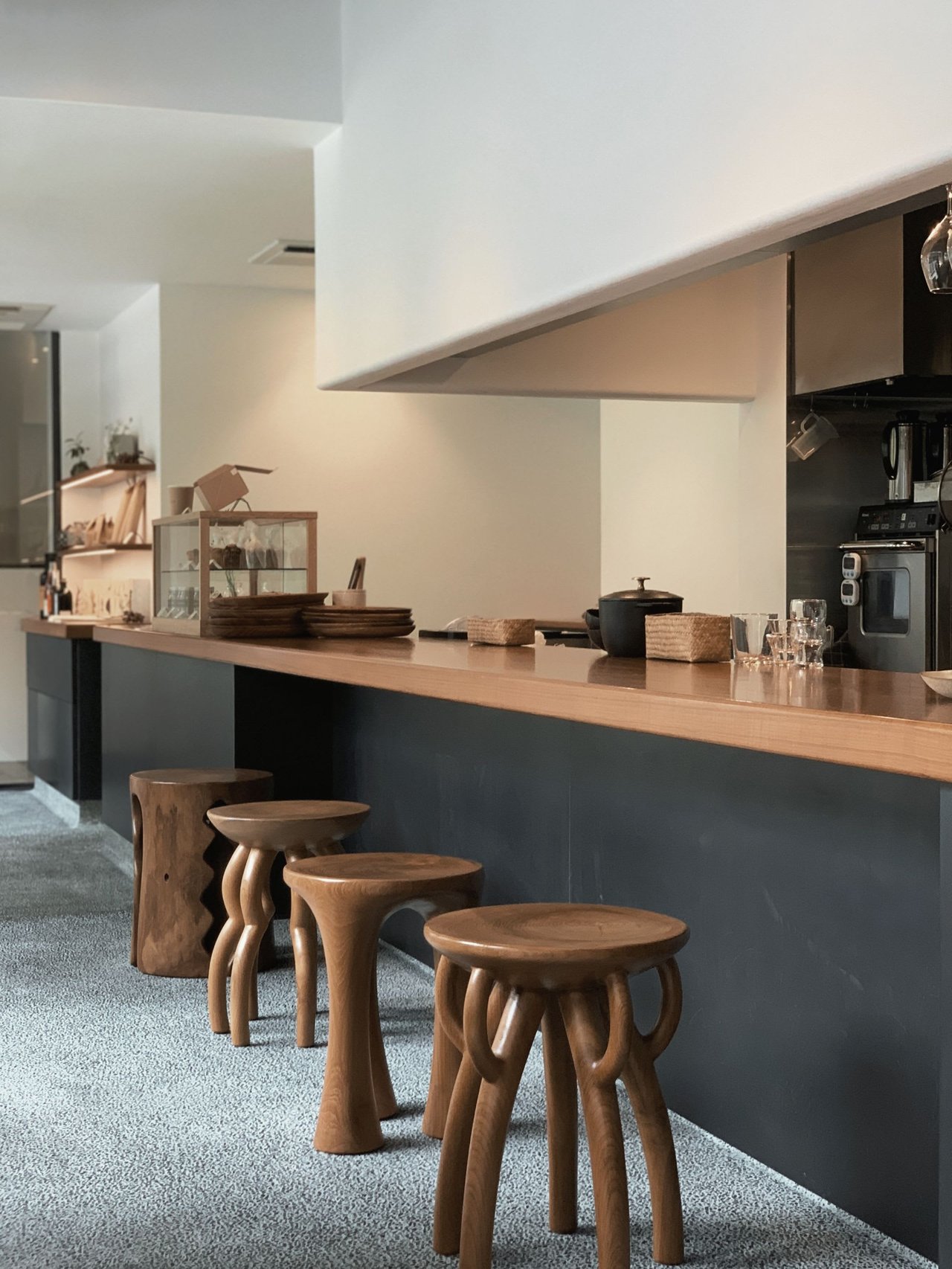
September 9, 2025
I want to share a story so absurd it might help explain why I would do something so obviously against my own self-interest.
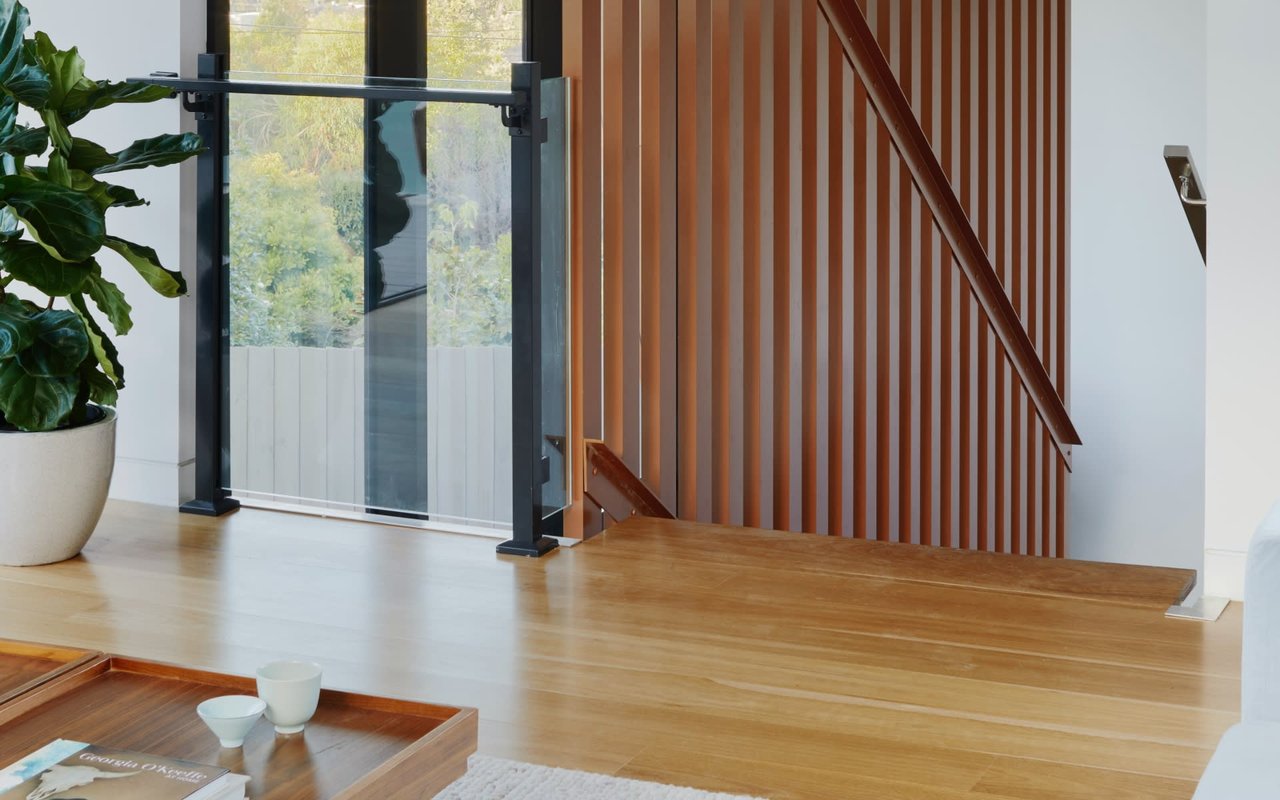
Daniel Morgan | October 2, 2025
We were hiring a new Director of Operations.
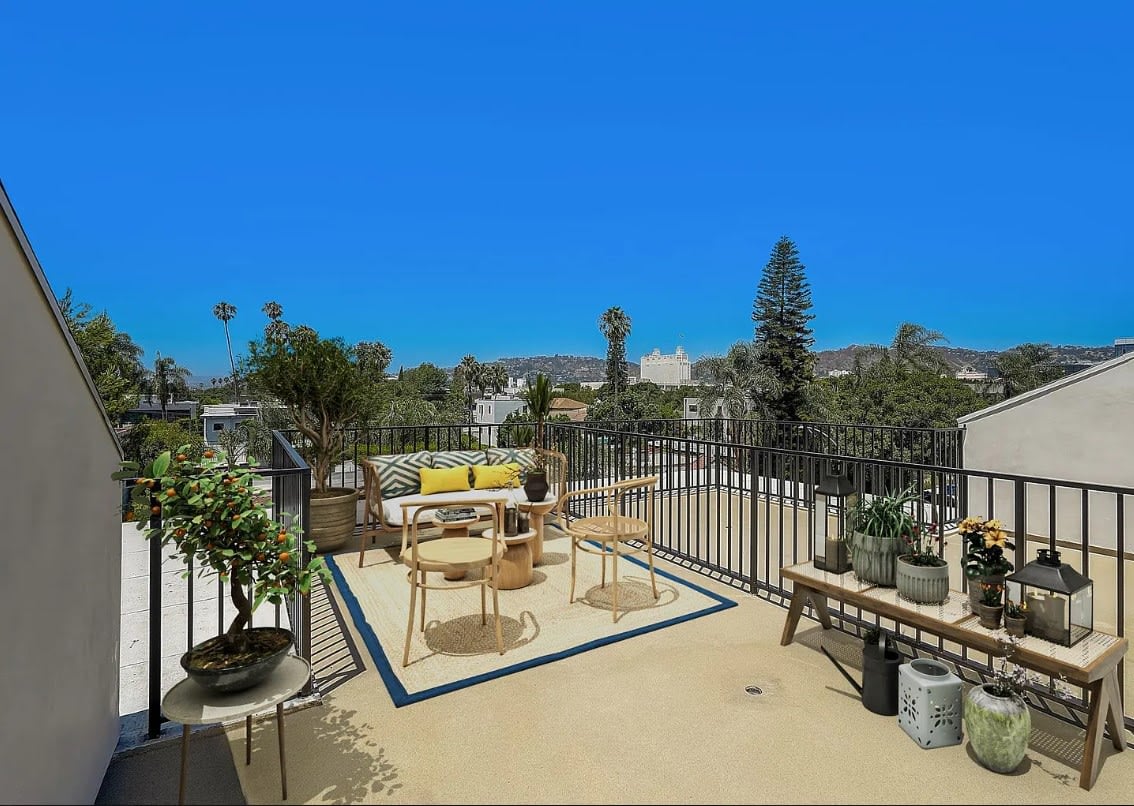
Daniel Morgan | November 2, 2023
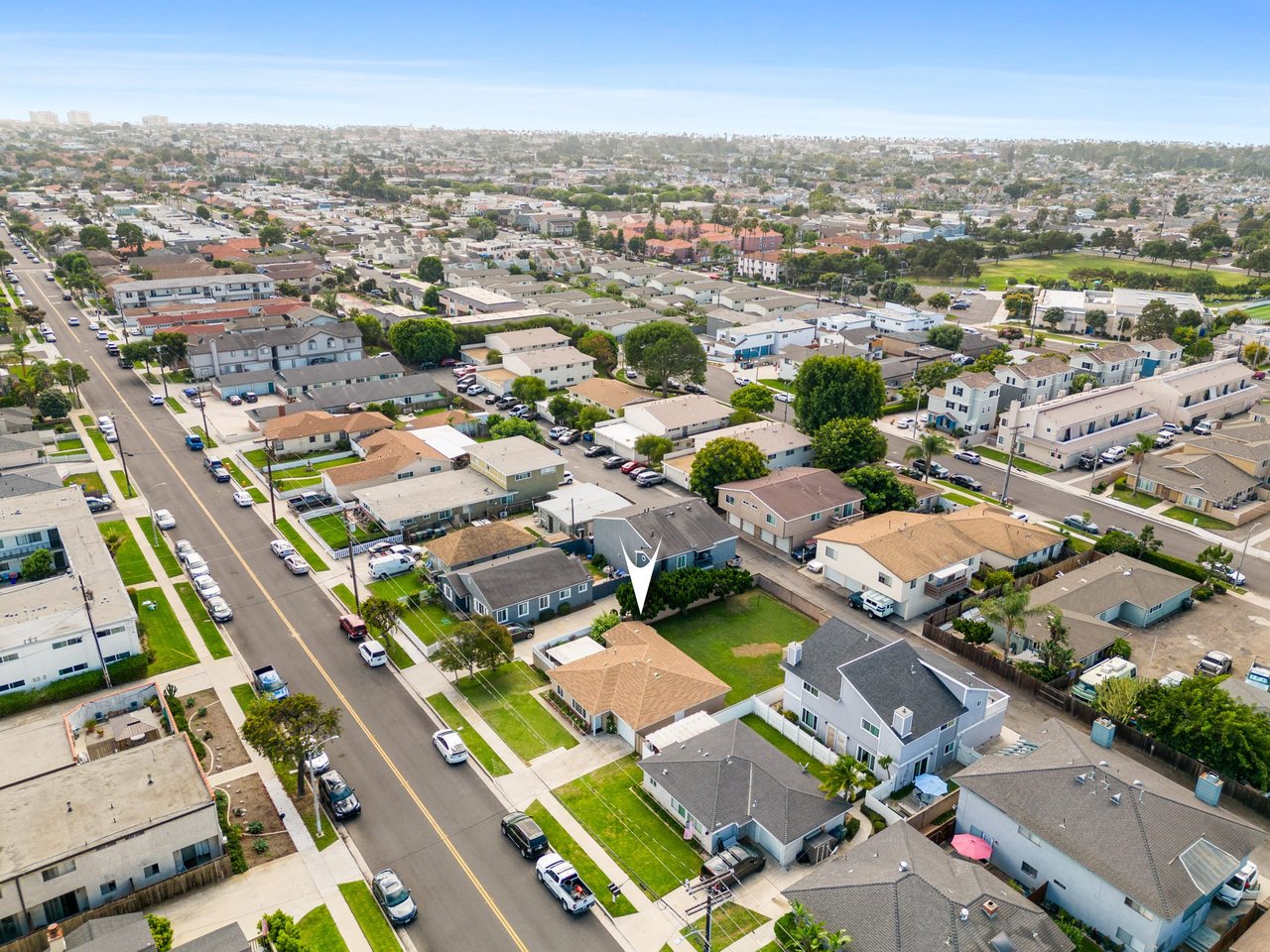
Daniel Morgan | October 1, 2023
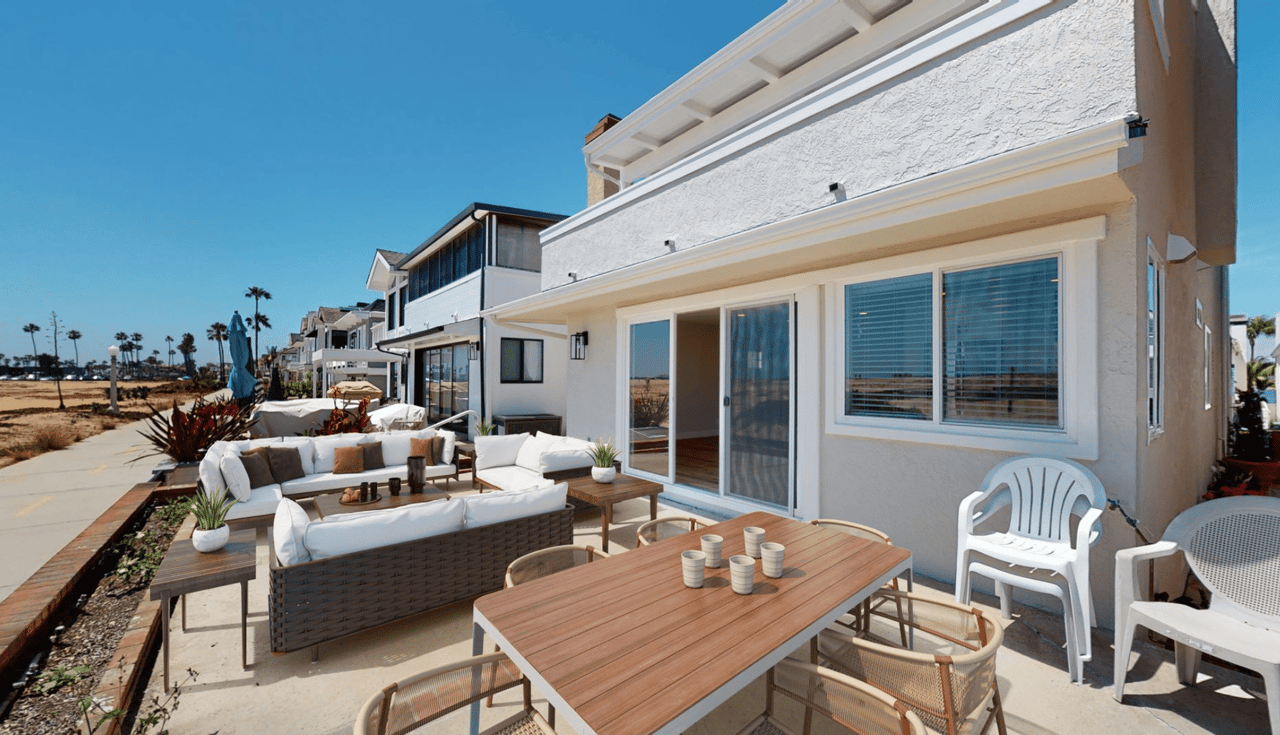
Daniel Morgan | July 1, 2023
Monthly Market Insights
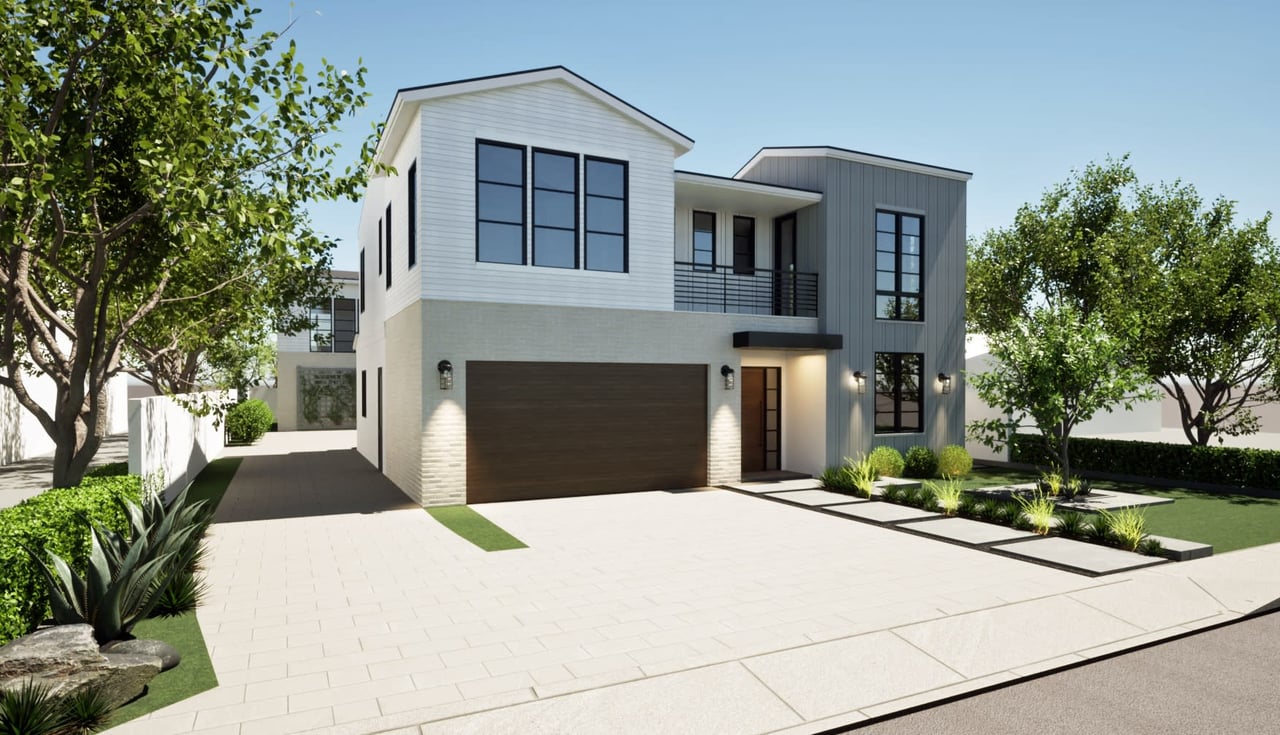
Daniel Morgan | September 1, 2023
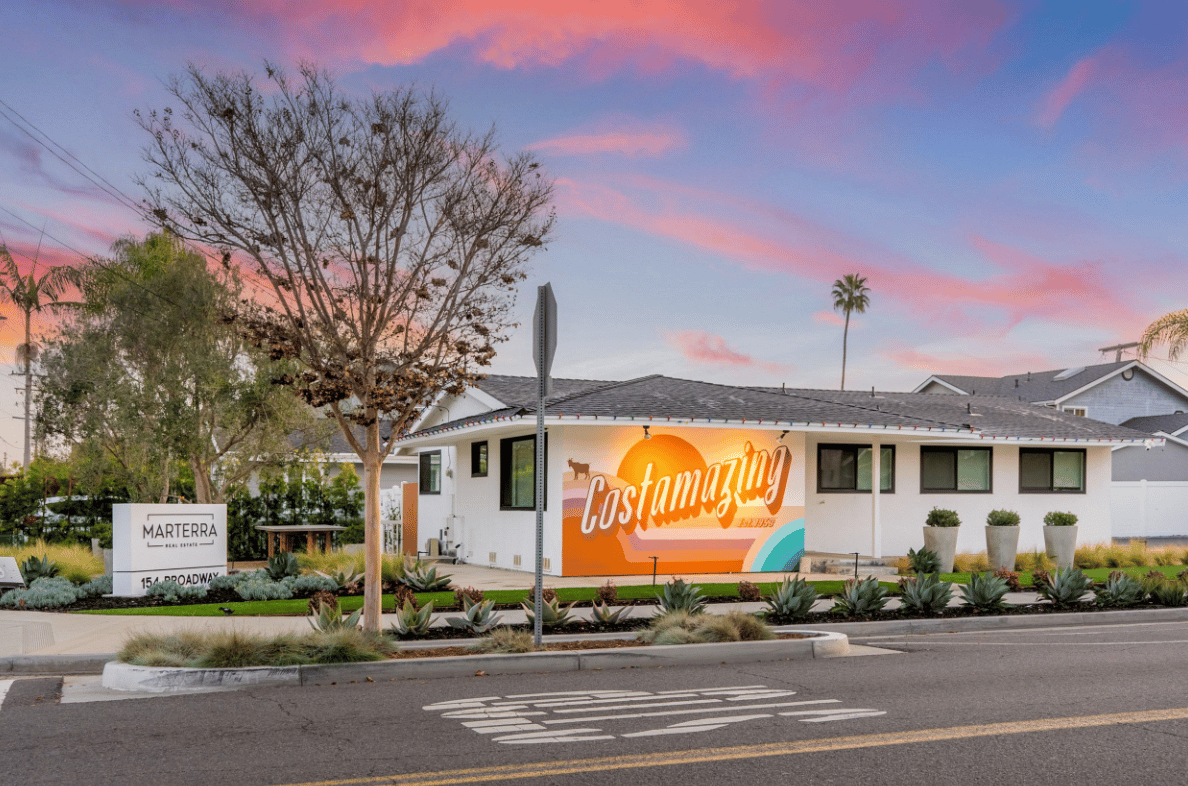
Daniel Morgan | March 3, 2023
Monthly Market Insights
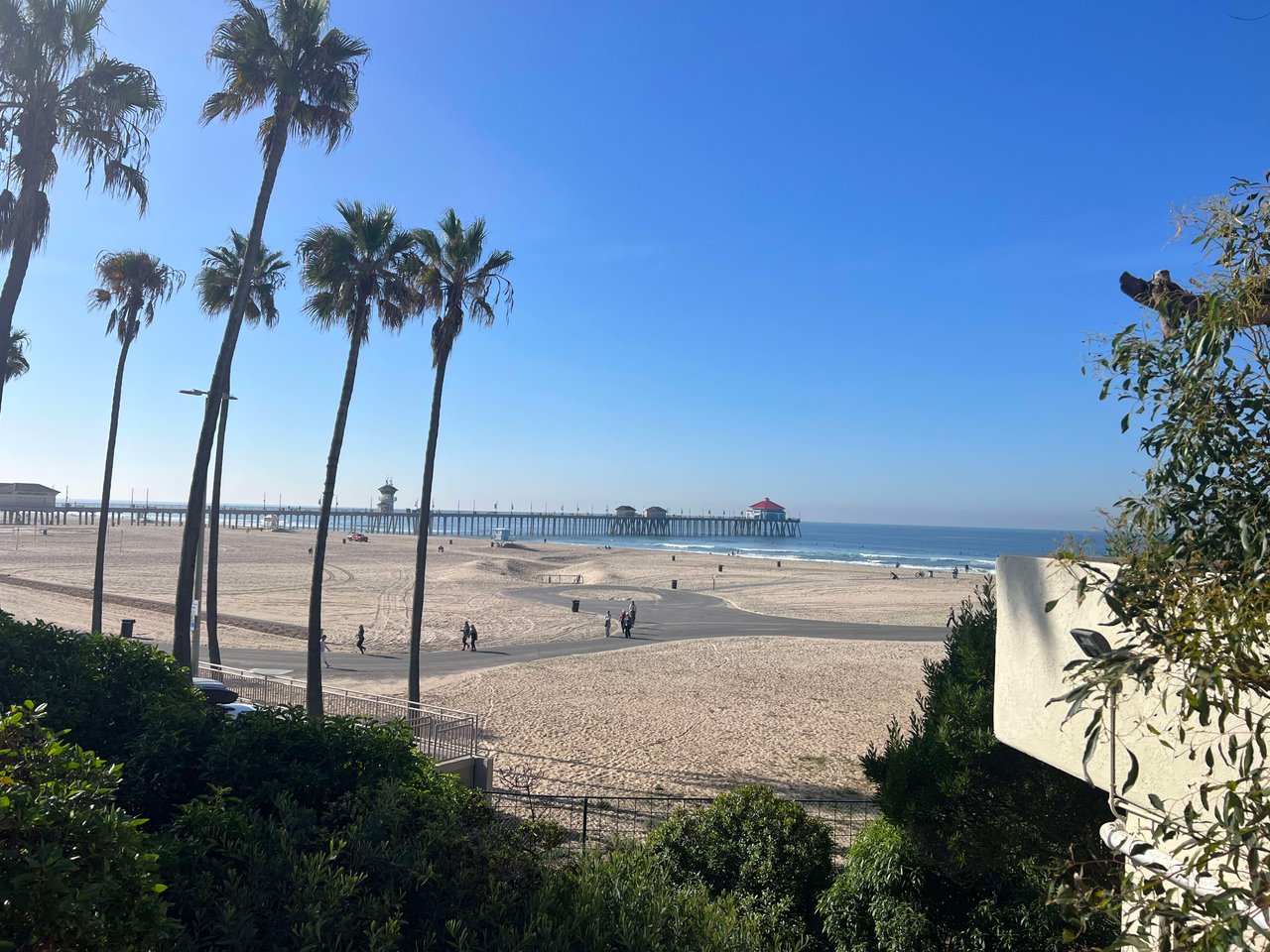
Daniel Morgan | October 1, 2023
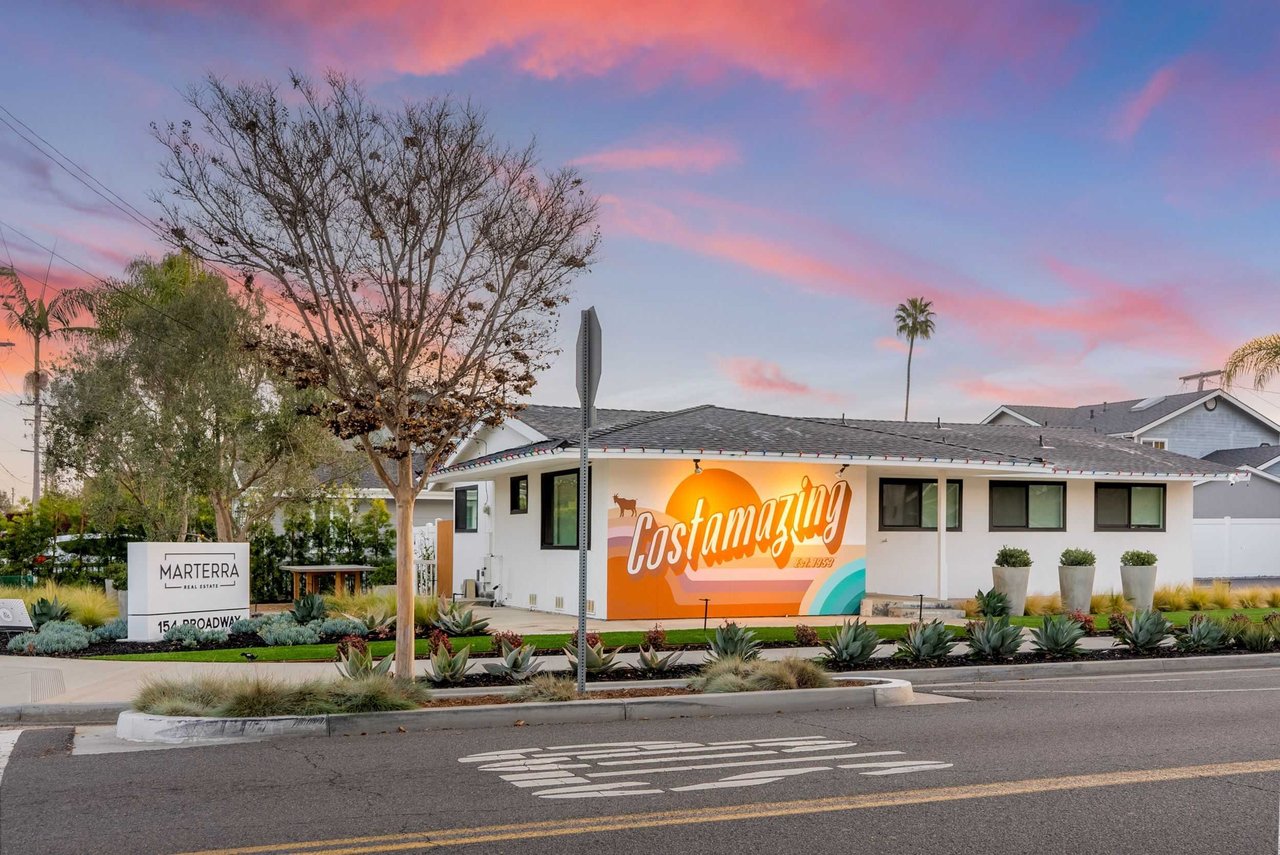
Daniel Morgan | September 10, 2024
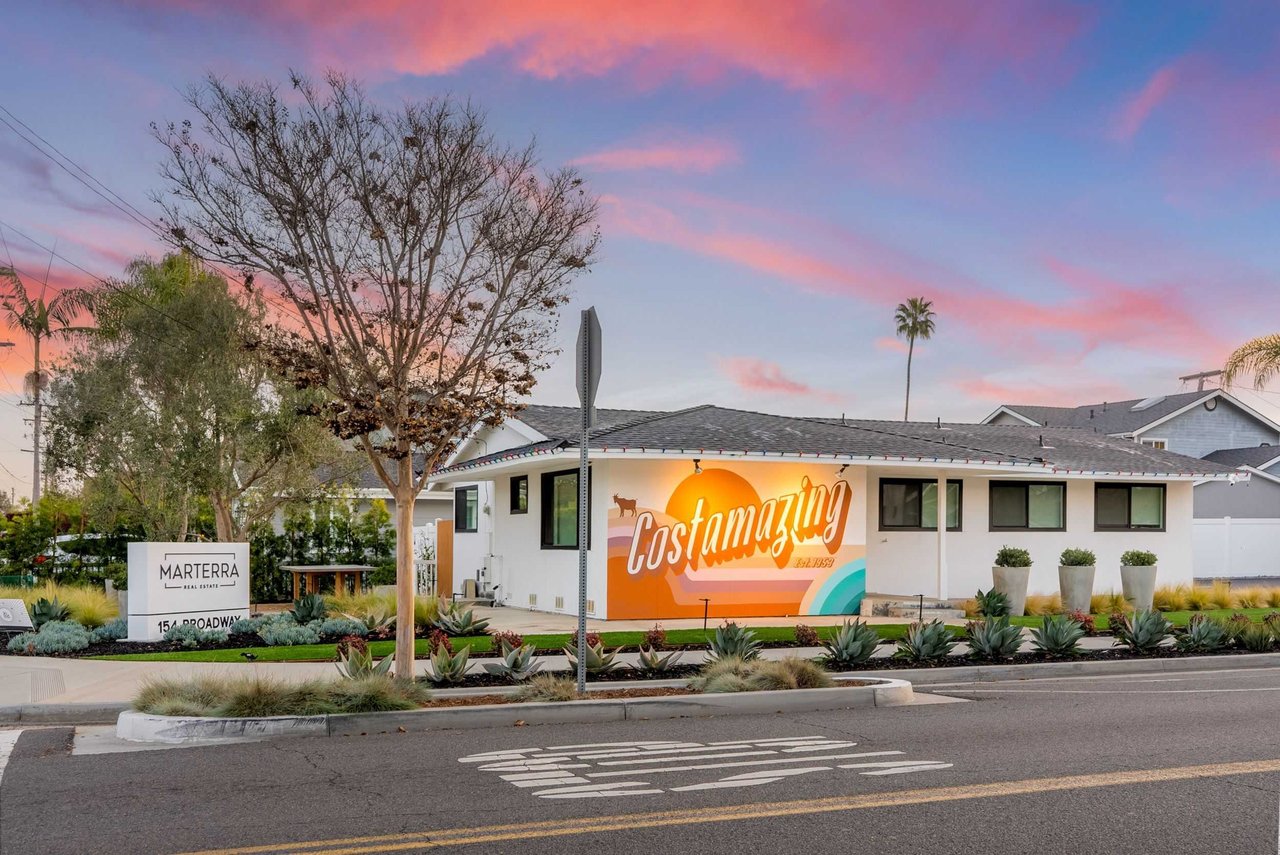
Daniel Morgan | November 4, 2024
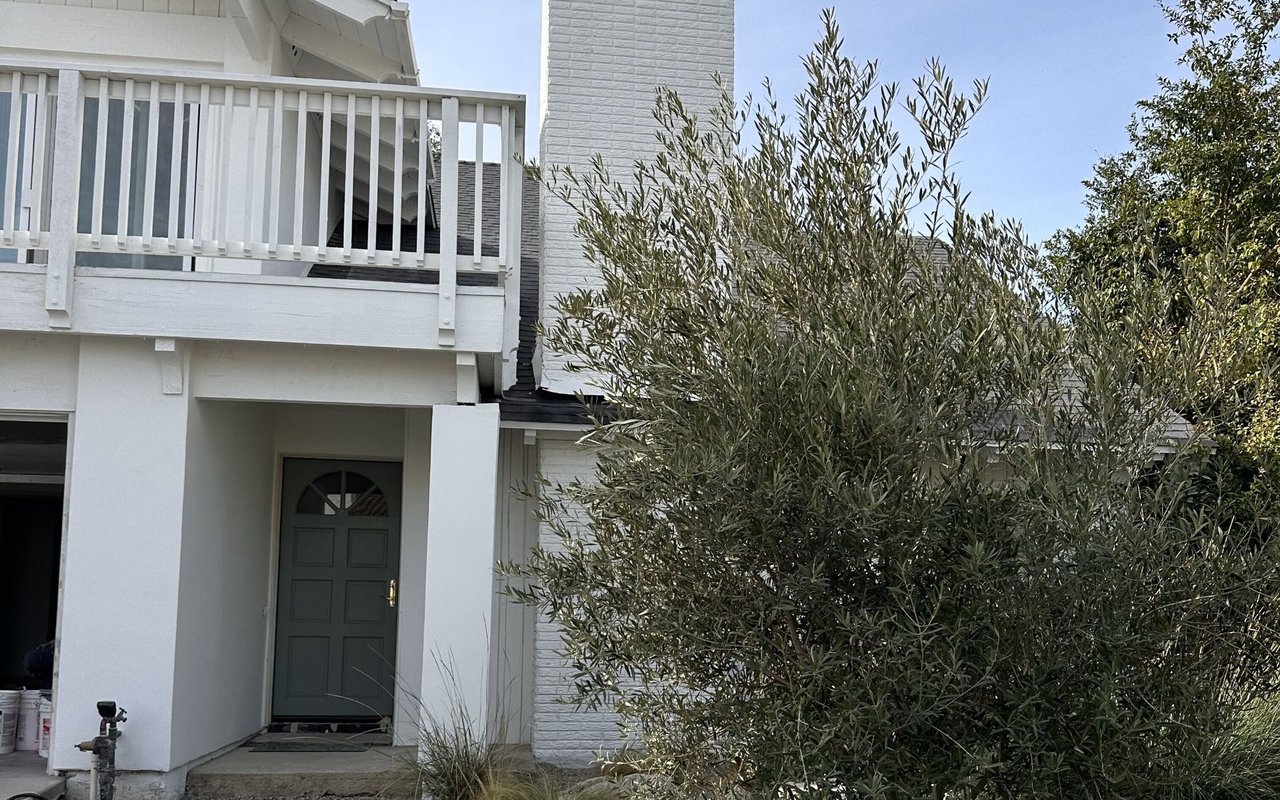
Daniel Morgan | December 6, 2024

investment property
March 1, 2023
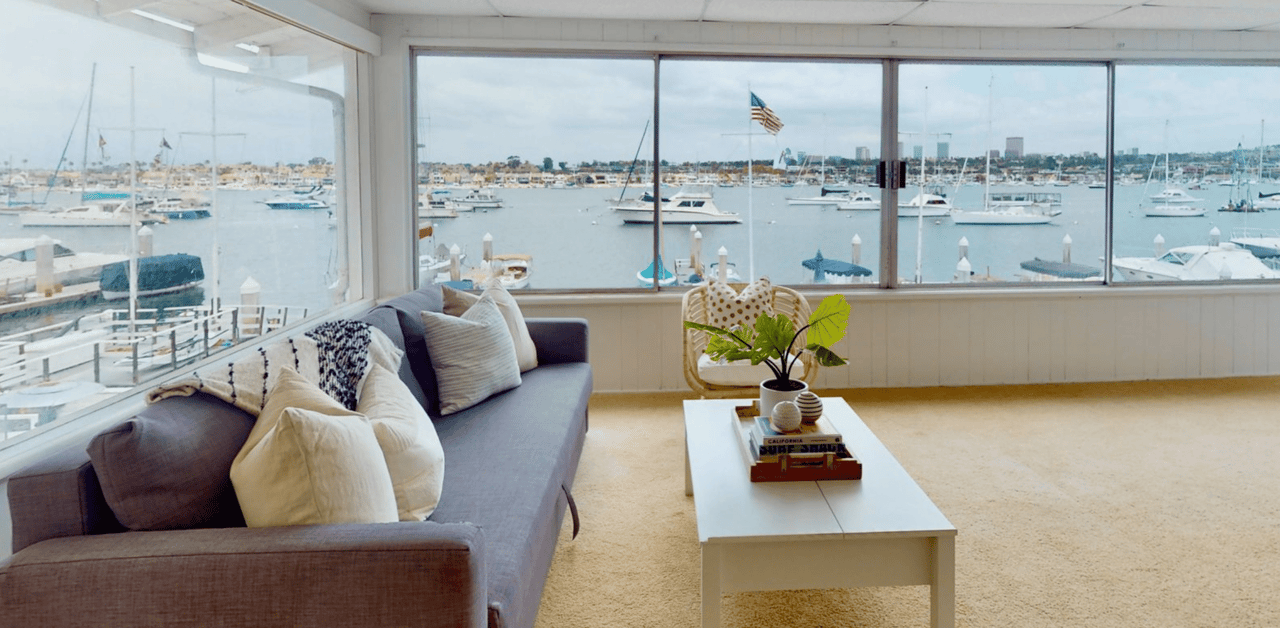
Daniel Morgan | May 1, 2023
Monthly Market Insights
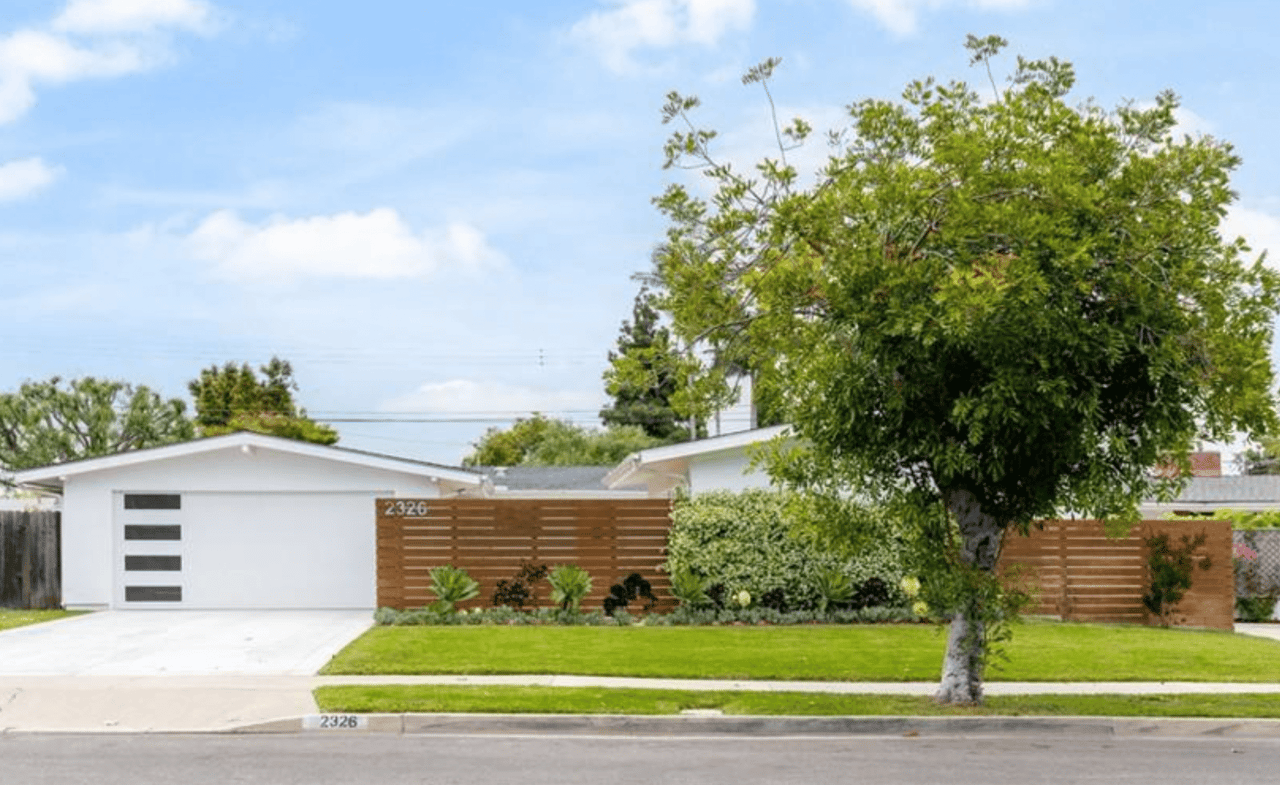
Daniel Morgan | April 1, 2023
Monthly Market Insights

Daniel Morgan | February 1, 2023
Monthly Market Insights

Daniel Morgan | April 18, 2025

Daniel Morgan | April 15, 2025

Daniel Morgan | April 7, 2025
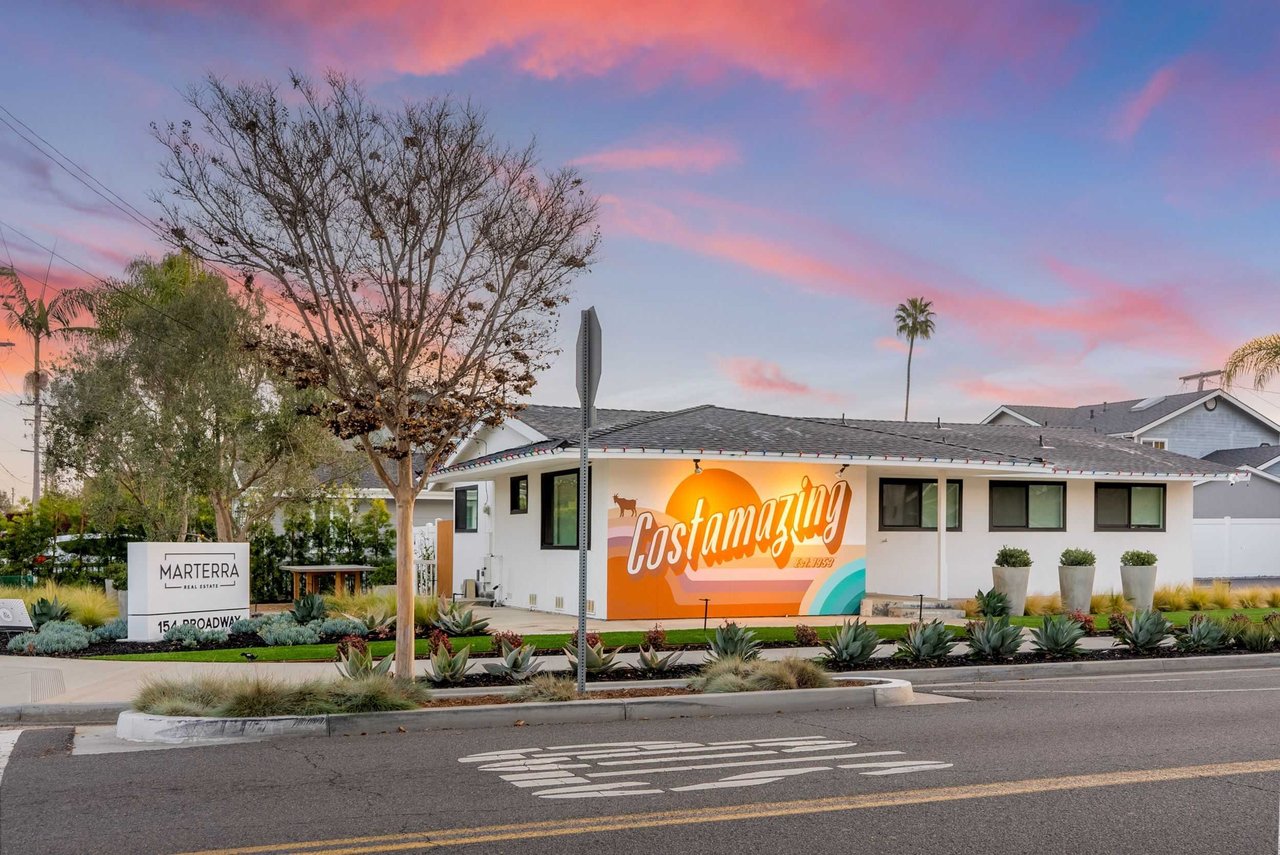
April 4, 2025

Daniel Morgan | April 4, 2025

Daniel Morgan | March 25, 2025

Daniel Morgan | March 21, 2025

Daniel Morgan | January 8, 2025
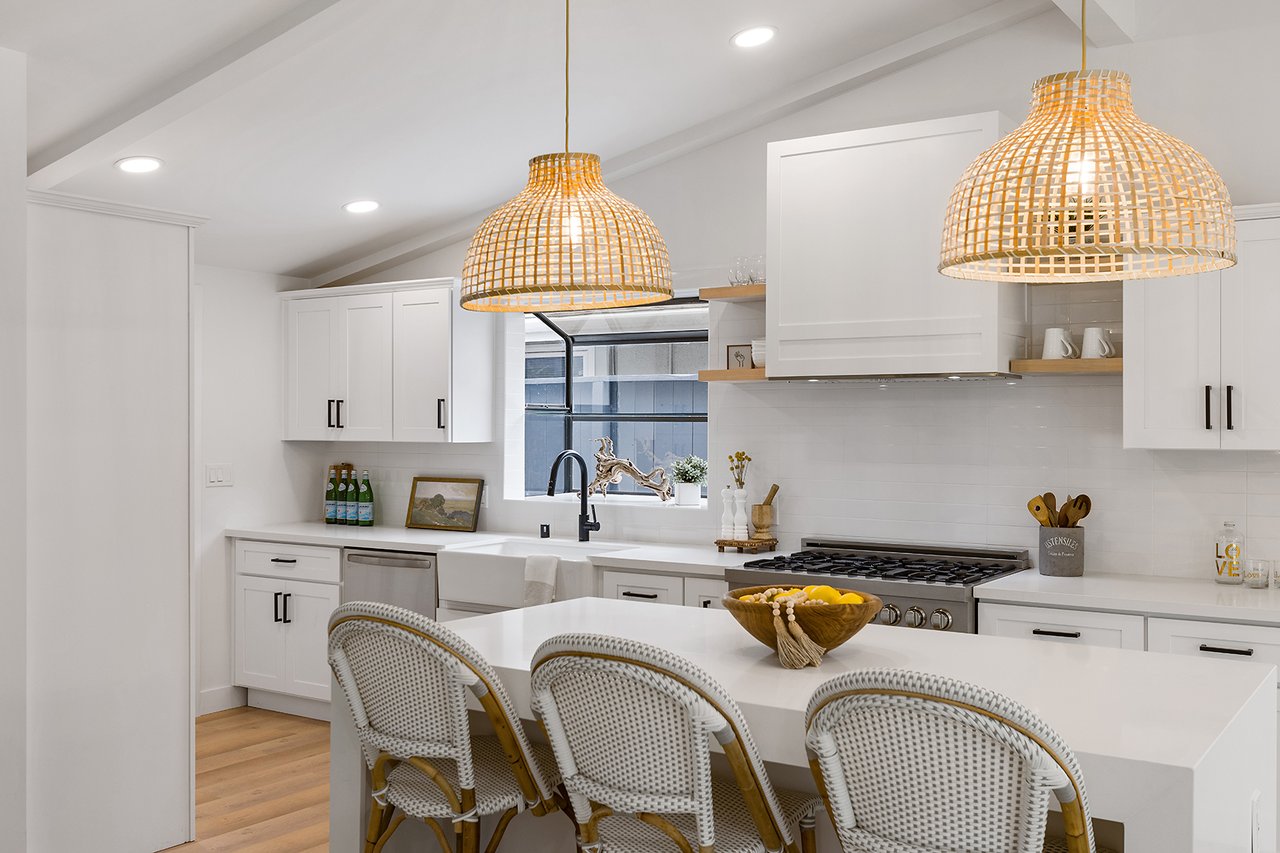
Daniel Morgan | January 2, 2025
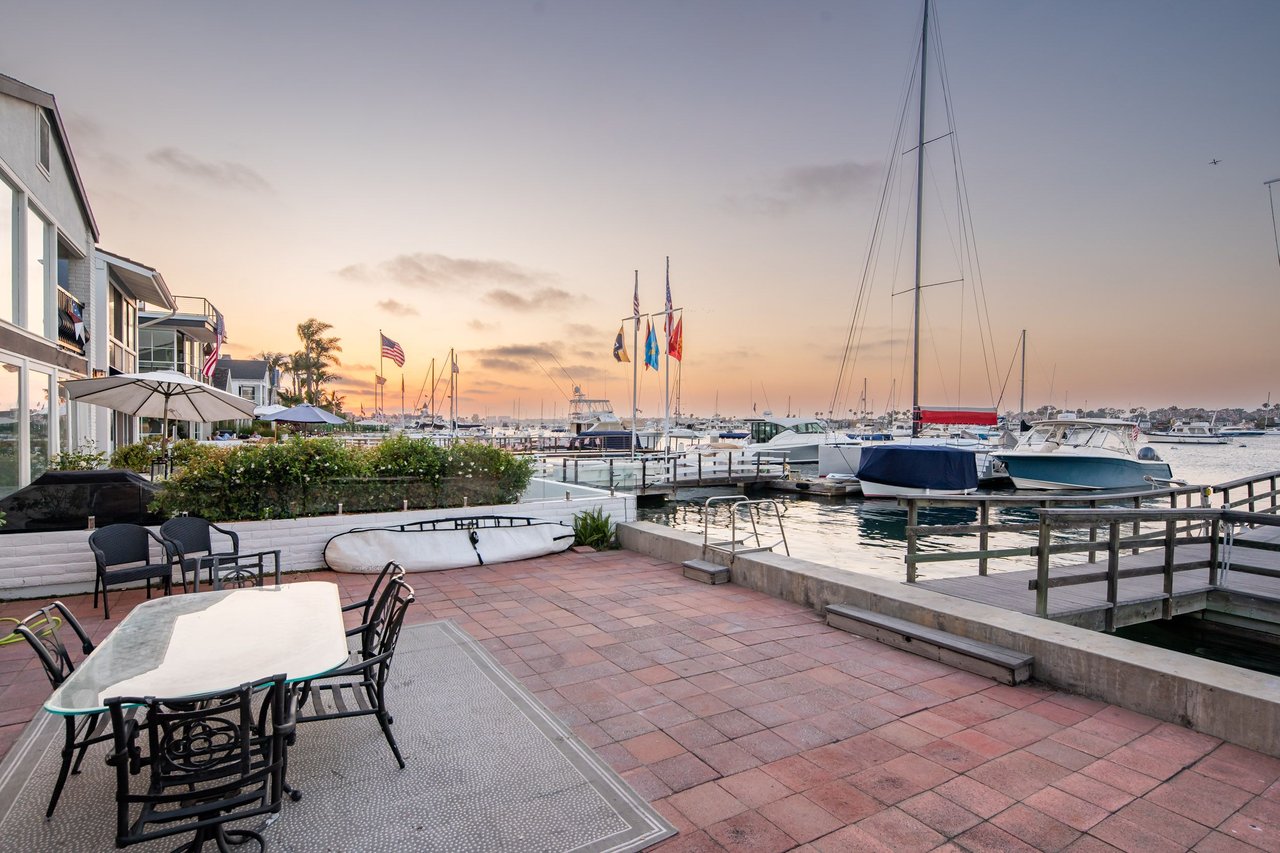
Daniel Morgan | December 16, 2024
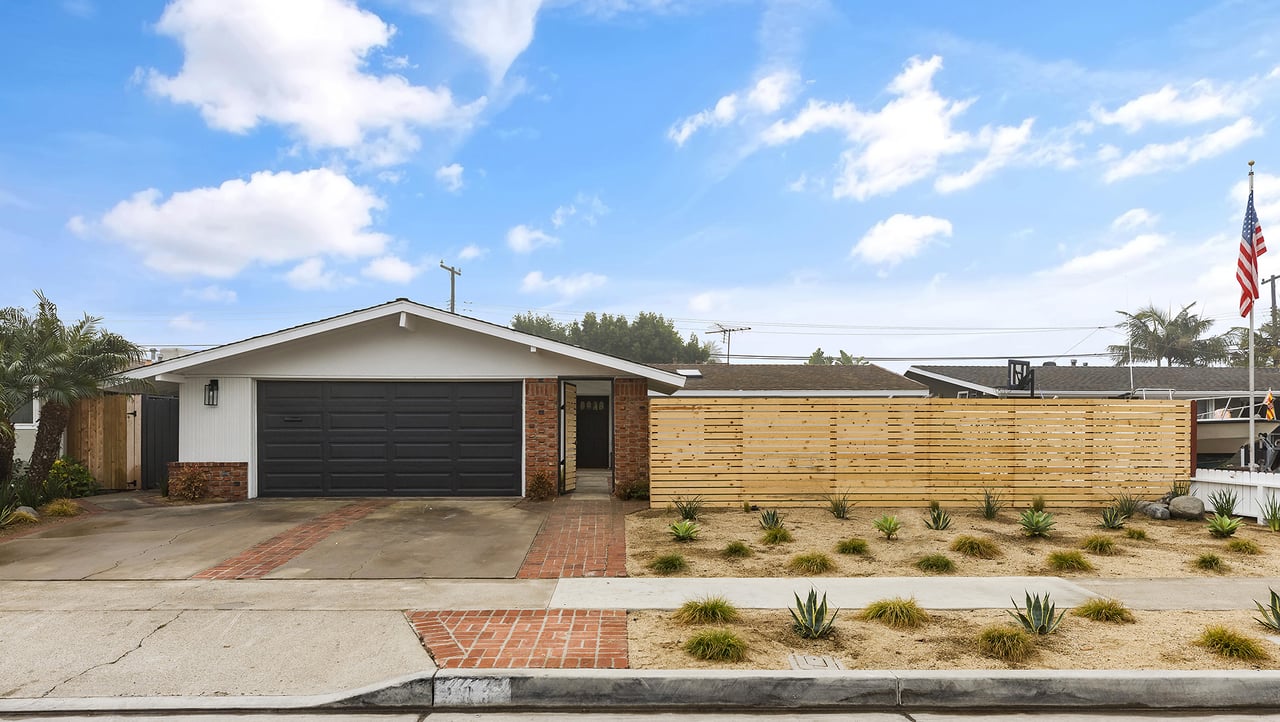
Daniel Morgan | December 9, 2024
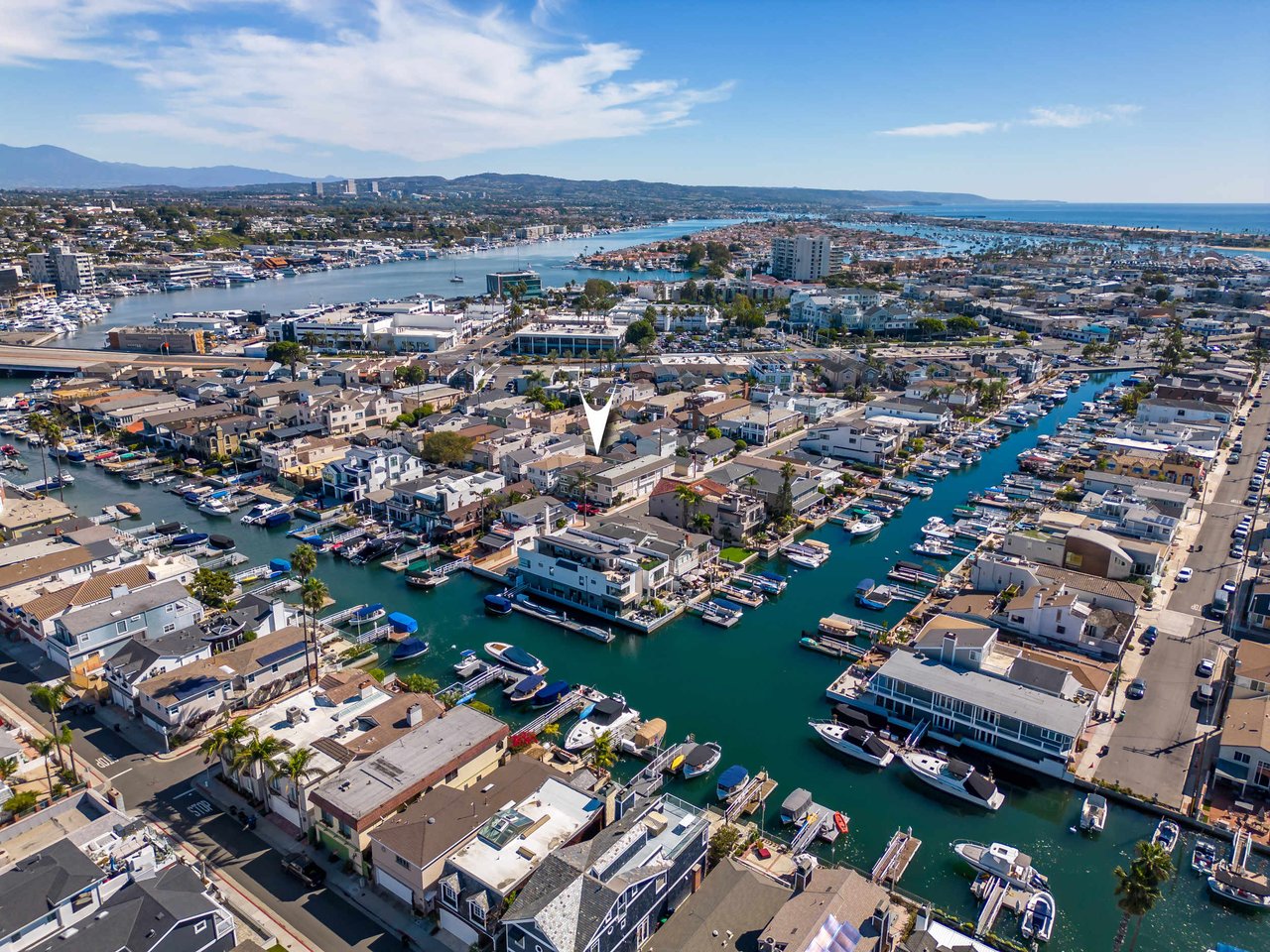
Daniel Morgan | October 2, 2024

investment property
Christine Morgan | February 18, 2024

Riley Spear | February 21, 2023
At Marterra Real Estate, we know that real estate gives you the power to define your life on your terms, and we’re honored to be a part of whatever’s next. Here, you have access to more than just knowledgeable, skilled agents. You have a team of trusted advisors at your side, working with a calm, relaxed demeanor as they guide you on your journey toward building wealth through real estate